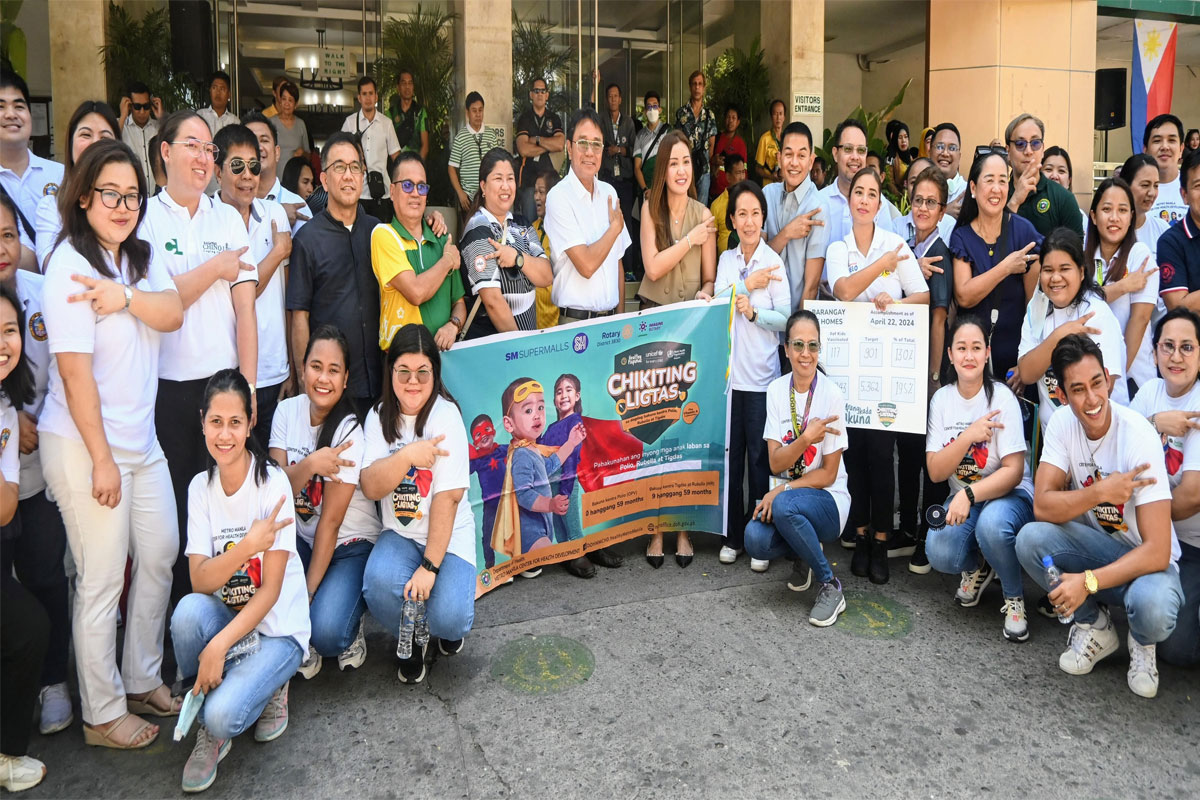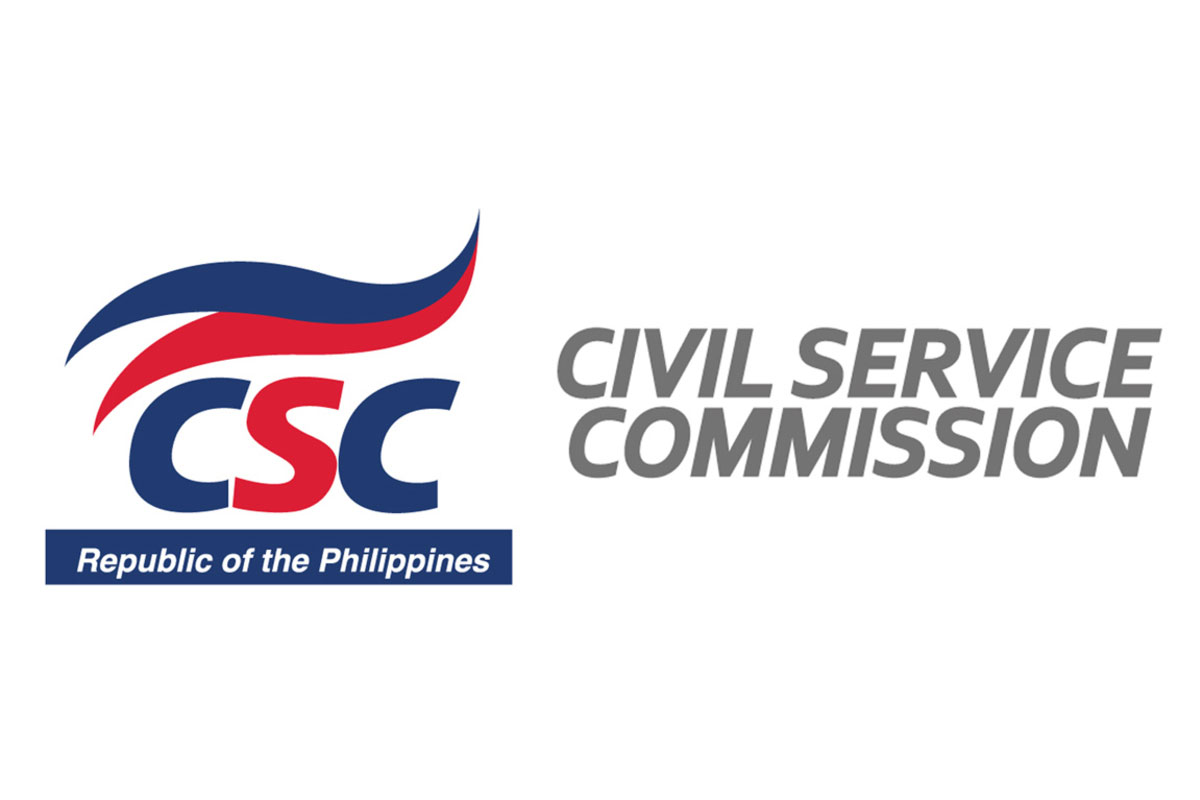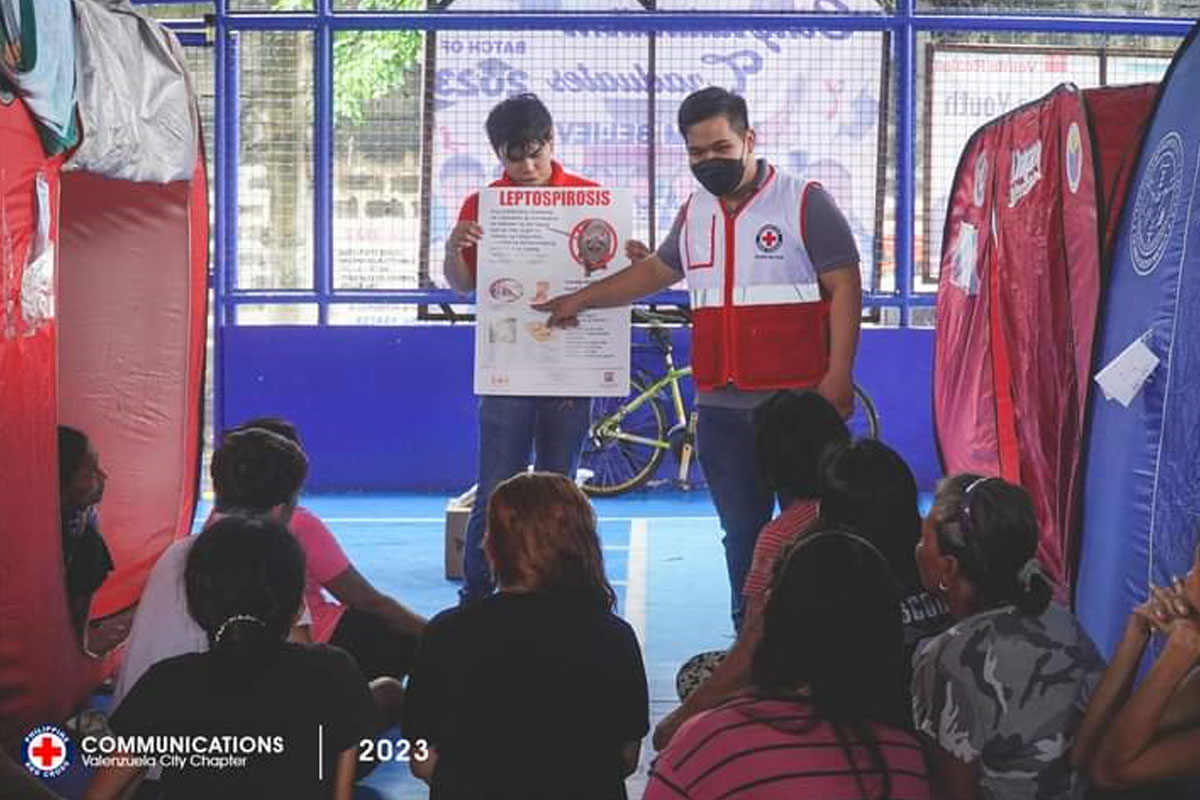
Philippine Red Cross urges vigilance vs lepto in wake of Typhoons Egay, Falcon
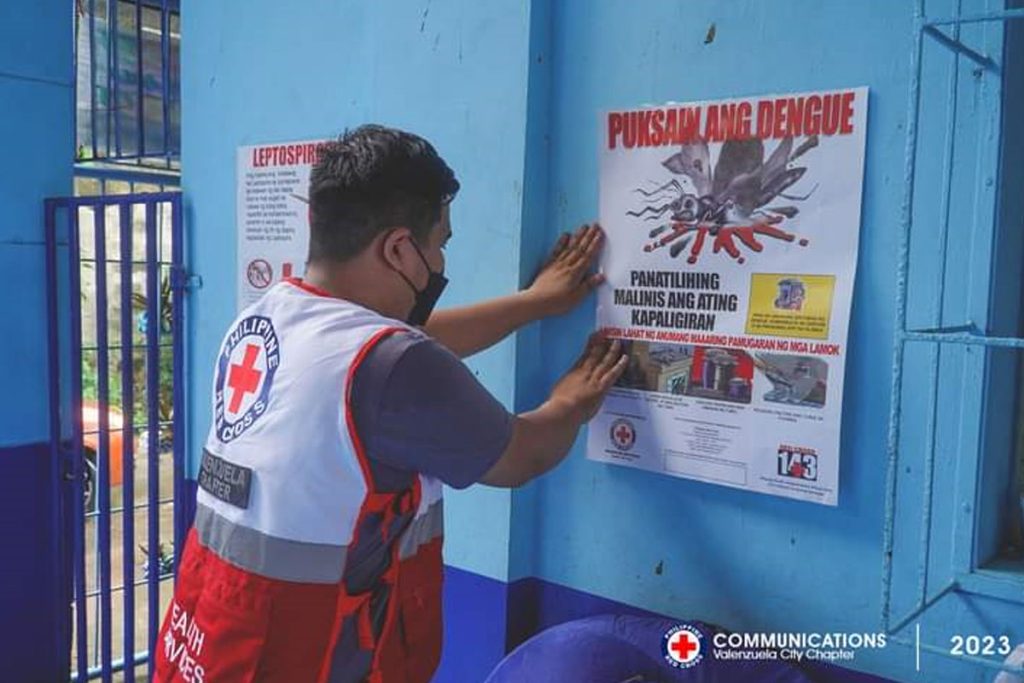
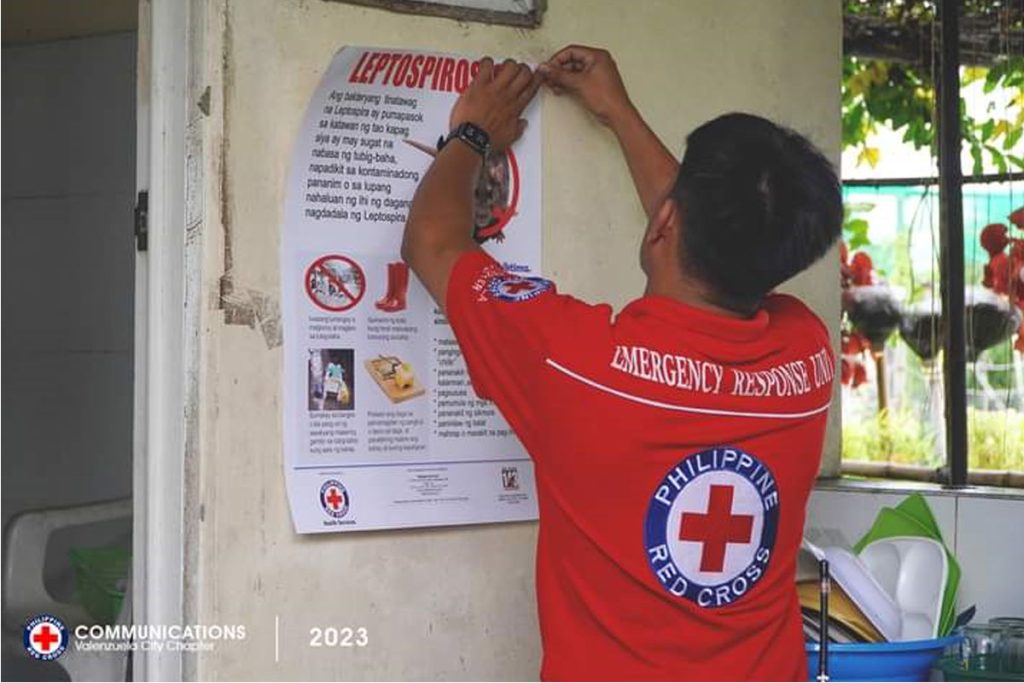 THE Philippine Red Cross (PRC) warns the public about the potential risks of leptospirosis following the recent torrential downpours brought by Typhoons Egay and Falcon.
THE Philippine Red Cross (PRC) warns the public about the potential risks of leptospirosis following the recent torrential downpours brought by Typhoons Egay and Falcon.
The aftermath of the two recent typhoons has led to extensive flooding in various regions, which heightened the risk of leptospirosis.
PRC Chairman and CEO Dick Gordon emphasized the importance of being vigilant against leptospirosis. “Our priority is the safety and well-being of every Filipino. Leptospirosis can pose a serious threat during this time, and it’s crucial that we take preventive measures to protect ourselves and our loved ones,” he said.
PRC Secretary General Dr. Gwen Pang explained how leptospirosis can affect people. “Leptospirosis is a potentially life-threatening bacterial infection that can enter the body through various means, including open wounds. The floodwaters and damp environment created by the recent typhoons provide an ideal breeding ground for this bacteria,” said Dr. Pang.
Leptospirosis, caused by the Leptospira bacteria, thrives in water that has been contaminated by rat urine.
Symptoms of leptospirosis can manifest as high fever, redness of the eyes, stomach ache, diarrhea, joint pain, and vomiting. Swift action is essential if any of these symptoms is observed. Early detection and treatment are paramount in ensuring a positive outcome for those affected by leptospirosis.
In order to prevent the spread of leptospirosis, PRC advises individuals to exercise caution and follow these guidelines:
1. Avoid wading through floodwaters. If possible, refrain from wading through flooded areas, especially if you have open wounds. “Exposure to contaminated flood water significantly increases the risk of leptospirosis. It’s better to stay safe and dry,” said Chairman Gordon.
2. Use protective gear. For those who must traverse flooded areas, it is important to wear protective gear such as gloves and boots. This minimizes the risk of direct contact with potentially contaminated water.
3. Hygiene and cleanliness. Maintain good hygiene practices, including thoroughly washing hands and exposed skin after coming into contact with floodwaters or potentially contaminated objects.




